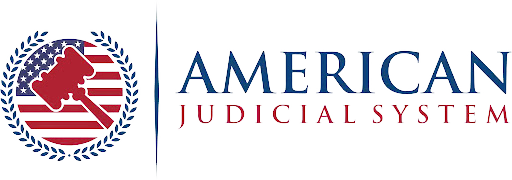Getting involved in a criminal case is easier than you think. Statistics show that one out of three Americans will have a criminal record sometime during their lifetime. Even though many people deal with the legal system, most don’t understand how it works. Understanding what happens from those initial hearings through to potential sentencing can really make navigating the court process less stressful. Someone like attorney Craig Greening of The Greening Law Group can help streamline the process for those in need. This article clears up the confusion and explains what really happens during a criminal trial.
The Initial Phases of a Criminal Trial
Once indicted of a crime, the path is clear, but it can take a long time.. It starts with arraignment, your initial formal appearance before a court in which you are charged and you make your plea (guilty or not guilty). Then, if needed, a bail hearing will take place. Here, the court decides whether you can seek conditional release or stay in jail until your trial.
Pre-trial hearings follow closely and may take weeks to months, and facts like evidence-gathering and witness statements are negotiated. At any point before the trial begins, your defense can also make pre-trial motions requesting some pieces of evidence or even for the case to be dismissed.
What happens before the trial can shape the entire outcome. Pre-trial motions and hearings are where strong defenses are built.
Choosing the Jury
Once pre-trial motions are settled, the next step is jury selection, also called “voir dire.” During this process, both sides question potential jurors to spot any biases that may influence their verdict.
The aim here is to assemble a bench of people who can rule impartially on the case. Attorneys can challenge for cause, which removes potential jurors who indicate obvious prejudice or a conflict of interest. They also have a finite number of peremptory challenges that allow them to remove some jurors without needing to state a reason.
What Happens During the Trial?
Once the jury is in place, the trial begins. Both sides start with opening statements, laying out their version of the facts and what they plan to prove.
Next comes the presentation of evidence—documents, physical evidence, and witness testimony. After that, each side cross-examines the witnesses to challenge their credibility. Every witness can impact how the jury sees the facts. At the end of the trial, both sides give closing arguments. This allows them to present a final summary of their arguments before the jury deliberates.
Jury Deliberation and the Verdict
After hearing the last arguments, the jury retires to confidential deliberation. Here, jurors discuss the case, sometimes without a legal background to guide them; instead, they apply what they have learned about the trial’s development and what the judge advises them to. This is critical since jurors must agree in a criminal case if the accused receives a guilty verdict.
The jury’s job is to decide if there’s any reasonable doubt about the defendant’s guilt based on the evidence and witness testimony.
Interpretation of Trial Results and Defense
The verdict in a criminal case is not necessarily final. If there are valid grounds for appeal, the losing party can seek a retrial. Technical errors in handling the case could give grounds for an appeal, while fresh evidence could give grounds for a retrial.
You will need a professional lawyer throughout the trial process. If you cannot pay for a private lawyer, do not worry—the state provides a public defender to ensure everyone gets a lawyer. Public defenders are qualified and know how to handle criminal cases, but if you hire a private lawyer, you will get more time and personal attention to your case.
Conclusion
A criminal trial can be overwhelming, but understanding each phase helps ease the stress. From arraignment to verdict, every step matters. Whether you rely on a public defender or hire a private attorney, having solid legal support ensures your rights are protected and your defense is as strong as possible.










